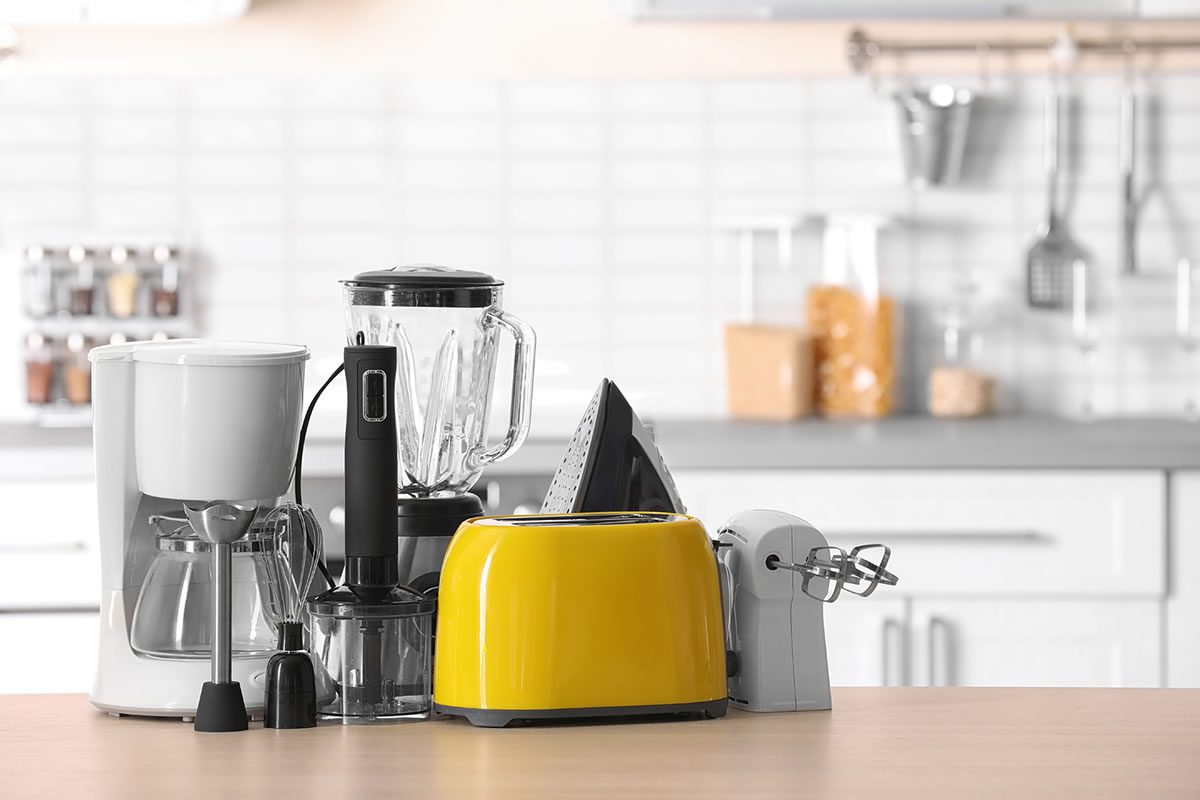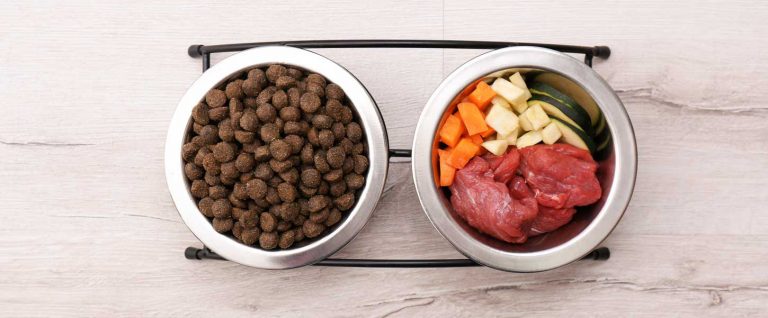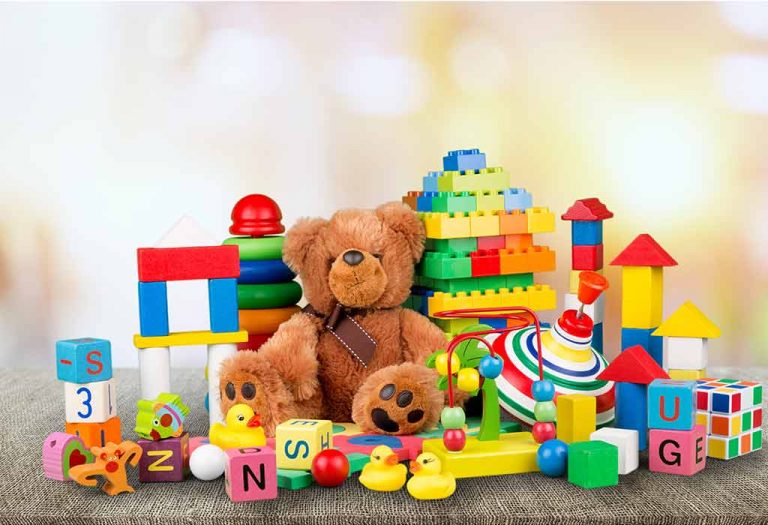Introduction
Setting up a kitchen or upgrading your appliances is an exciting step toward creating a space that’s functional and fun to use. With so many choices out there, from refrigerators and ovens to blenders and coffee makers, knowing what to look for can make a big difference. This guide will help you navigate the essentials of each key kitchen appliance, with advice on what to consider so you can make the best choices for your kitchen.
Whether you’re outfitting a cozy apartment or creating your dream kitchen, choosing the right appliances can turn daily cooking and cleanup into smooth, enjoyable experiences. Over the years, I’ve learned what works best from my personal experiences—what appliances truly make a difference in how efficiently I cook, clean, and organize. And remember, Home Depot is a great one-stop shop for all your kitchen appliances, offering a variety of options to fit any budget. Ready to dive in? Let’s go!
1. Refrigerators: The Kitchen Essential
A refrigerator is central to any kitchen. It keeps your food fresh and ready to use, and it’s one of the first appliances you’ll want to choose. I’ve gone through my fair share of refrigerators over the years, from small models for apartments to larger ones for bigger spaces. Here’s what I’ve learned along the way about making the right choice for your fridge.
How to Choose a Refrigerator
1. Measure Your Kitchen Space Carefully
I learned this lesson the hard way when I once bought a fridge that was too big for my kitchen. It’s crucial to measure the height, width, and depth of the space where you plan to place your fridge. Be sure to also account for the door swing—fridge doors need space to open, so consider that when taking measurements.
2. Determine Capacity Based on Household Size
When I first moved out, I bought a smaller fridge because I was living alone. However, as my family grew, I quickly realized that I needed more space. A family of four will typically need at least 18-20 cubic feet. If you tend to buy groceries in bulk, consider a fridge with a larger capacity to avoid overcrowding.
3. Choose a Style That Matches Your Routine
Over the years, I’ve experimented with different fridge styles, each of which has its own pros and cons. Here’s a breakdown:
- Top Freezer: This is great for compact spaces and budgets, but I found myself bending down often to get items from the fridge, which could be a hassle.
- Bottom Freezer: This style became my favorite because the fridge section is at eye level, making it easier to access everyday ingredients. It’s also more ergonomic.
- Side-by-Side: Perfect for narrow kitchens, but I personally didn’t love the limited space for larger items like pizza boxes or big trays.
- French Door: This is the one I’ve stuck with. The wide storage area is perfect for big or awkwardly shaped items. Plus, many French door fridges come with the latest tech like smart features and humidity-controlled drawers, which I find incredibly convenient.
4. Consider Special Features
Smart features were once something I thought I didn’t need, but after trying a model with Wi-Fi connectivity, I found it super convenient to control fridge settings from my phone. I also love having an ice and water dispenser in the door, which saves me from having to open the fridge constantly for cold water or ice.
5. Energy Efficiency
I’ve learned that ENERGY STAR-rated fridges are worth the investment. While they’re usually a little more expensive, I’ve noticed a significant drop in my electricity bill. It’s especially noticeable when you’re running the fridge 24/7. Choosing an energy-efficient fridge also helps reduce your carbon footprint.
2. Ovens and Ranges: Cooking’s Best Friend
An oven and range setup is the core of your cooking experience. I’ve been through several ovens and stoves over the years, and my cooking style has evolved with the changes. Here’s everything I’ve learned about choosing the right oven and range to make your cooking experience smoother.
How to Choose an Oven and Range
1. Identify Your Fuel Source
I’ve had both gas and electric stoves, and I can tell you from experience that each has its own appeal:
- Gas: If you like cooking with a bit more control, gas ranges are great for you. The heat is instant, and you can easily adjust it, which is particularly useful when cooking delicate sauces or stir-fries. Gas ranges also tend to cook more evenly.
- Electric: Electric stoves are generally easier to clean and more consistent in terms of even heat, making them great for baking. I used to have an electric stove and found it perfect for slow-cooking and baking large dishes.
- Induction: Recently, I’ve tried induction cooktops, and they’ve impressed me. They heat up incredibly fast and are energy-efficient, but you need to use compatible cookware, which I had to upgrade.
2. Consider Your Cooking Style and Frequency
The choice of oven really depends on how often you cook. If you’re like me and love to bake, convection ovens are a fantastic choice. The fan circulates hot air, cooking food more evenly and quickly. I also appreciate having a double oven when I’m cooking multiple dishes that need different temperatures—it saves so much time!
3. Size and Capacity for Your Kitchen Layout
Make sure the oven and range will fit your kitchen layout. I’ve had issues with underestimating space, especially in smaller apartments. If you’re dealing with a small kitchen, a 30-inch range will likely be your best option. If you have more space, you could opt for a larger model with multiple ovens.
4. Look for Useful Features
Over the years, I’ve come to appreciate features like self-cleaning options. It may sound like a luxury, but after years of scrubbing, the self-cleaning feature became a lifesaver. I also recently upgraded to a range with smart features—I can monitor the cooking process through my phone, which is perfect when I’m busy with other tasks in the house.
3. Microwave: The Quick Helper
Microwaves are indispensable for reheating, quick cooking, and defrosting, so it’s worth getting the one that fits your space and needs. After using microwaves for over a decade, I’ve learned which features are the most valuable.
How to Choose a Microwave
1. Decide on the Type Based on Space
When I lived in an apartment, I used a countertop microwave because it was portable and didn’t take up too much space. As my kitchen grew larger, I switched to an over-the-range microwave to save counter space. If you have a custom kitchen, a built-in microwave might be a good choice as it blends seamlessly with your cabinetry.
2. Choose the Right Size and Wattage
A microwave with higher wattage, like 1000 watts or more, will provide faster and more even heating. I’ve used lower-wattage models before, and while they get the job done, I prefer the efficiency of a higher-wattage microwave, especially when I’m defrosting or reheating larger meals.
3. Look for Sensor Cooking
Sensor cooking has been a game-changer for me. The microwave automatically adjusts the time and power needed based on the moisture of the food. It’s especially useful for reheating leftovers or cooking frozen meals to perfection without overcooking them.
4. Consider Extra Features
Some higher-end models come with convection cooking capabilities, which means you can bake or roast in your microwave. I’ve used a convection microwave for baking, and it really does work—much faster than a traditional oven!
5. Energy Efficiency
Microwaves are generally energy-efficient, but I’ve noticed that models with eco-settings consume even less energy. If you’re trying to keep energy consumption low, this feature can be a good addition.
4. Dishwasher: Clean-Up Made Easy
Dishwashers are one of those appliances that I never truly appreciated until I got one that worked really well. They can save you hours of handwashing, but not all dishwashers are created equal. Here’s what I’ve learned after using various models over the years.
How to Choose a Dishwasher
1. Measure the Available Space
Dishwashers come in various sizes, so make sure you measure your space carefully. I once bought a dishwasher on sale, only to realize it was too large for the space under my counter. Now, I always check the measurements twice before committing to a new model.
2. Consider Your Cleaning Needs and Household Size
For large families, you’ll need a dishwasher with a higher capacity and features like adjustable racks to accommodate more dishes. For smaller households, a compact or drawer-style model can be perfect. I’ve found that a larger model with multiple racks helps when cleaning bulky items like pots or baking sheets.
3. Look for Energy Efficiency
An ENERGY STAR-rated dishwasher can save you water and energy, which means lower utility bills. I noticed a significant drop in my water usage after switching to an ENERGY STAR model. This is a must-have feature for anyone looking to save on long-term costs.
4. Evaluate Noise Levels
Some dishwashers can be very noisy, which is something I didn’t mind when I had a kitchen in a basement. However, in an open-plan space, I prefer quieter models. The quieter the dishwasher, the less likely you are to be disturbed during dinner prep or while relaxing in the living room.
5. Check for Useful Features
The third rack is one feature I highly recommend. It’s perfect for silverware or small items, which makes the loading process much more efficient. Additionally, I look for a sanitize cycle for peace of mind, especially in households with small children or when dealing with dishware that needs extra cleaning.
5. Small Kitchen Appliances: Everyday Helpers
Small appliances like blenders, coffee makers, and toasters make a big difference in streamlining your kitchen tasks. I’ve experimented with many of these over the years, and here’s what works best for me.
How to Choose Small Appliances
Blender
If you make smoothies every day, I’d recommend investing in a high-powered blender like a Vitamix. It’s powerful enough to blend ice and tough ingredients quickly. However, for occasional use, a simpler blender will do just fine.
Coffee Maker
When it comes to coffee, I’ve tried everything from single-serve machines to full-fledged espresso machines. My favorite is a mid-range drip coffee maker that brews a solid cup of coffee every morning. If you drink a lot of coffee, consider a larger model with a built-in grinder.
Air Fryer
Air fryers have become a kitchen favorite of mine. They make food crispy with minimal oil, and the convenience of using them for quick meals has been a game-changer. Some models even double as a mini oven, which is perfect when you don’t want to heat up your full-sized oven.
Storage Needs and Kitchen Space
I’ve learned that counter space is precious. Small appliances that are stackable or easily stored are my best friends. Compact or multi-functional models save space and still get the job done.
6. General Tips for Buying Kitchen Appliances
Here are some additional pointers to make the buying process smoother:
Set a Budget
Knowing your budget will help you focus on the best options within your price range. Home Depot offers a wide selection of affordable and high-end appliances, so there’s something for every budget.
Research and Read Reviews
Reviews are a great way to gauge the reliability of an appliance. I always check customer feedback before making a big purchase to make sure I’m getting something that will stand the test of time.
Look for Sales or Package Deals
Many retailers offer package deals or holiday discounts, so keep an eye out for promotions that can help you save.
Consider Maintenance and Warranty
A good warranty can save you a lot of stress in case anything goes wrong with your appliance. I always opt for extended warranty plans when available.
Energy Efficiency for Long-Term Savings
Appliances with ENERGY STAR ratings are an investment that will pay off in the long run through lower utility bills.
For reliable kitchen appliances, Home Depot has a huge selection of options to fit any budget or style. With the right choices, you can create a kitchen setup that makes cooking, entertaining, and everyday tasks smoother and more enjoyable. Happy shopping and enjoy building your dream kitchen!







